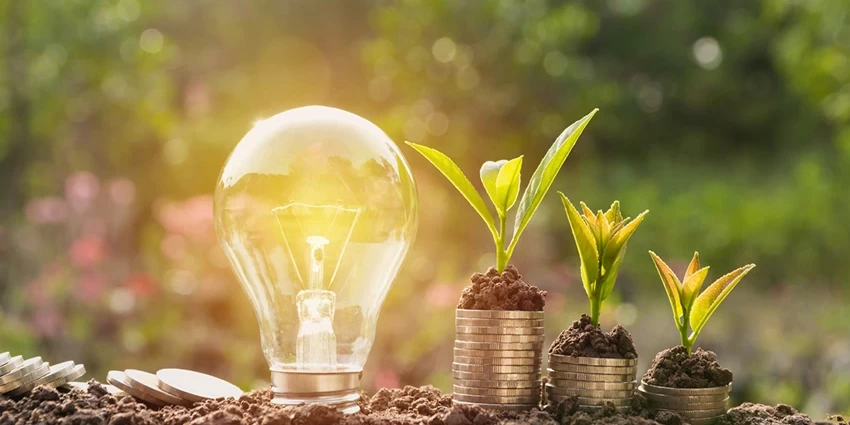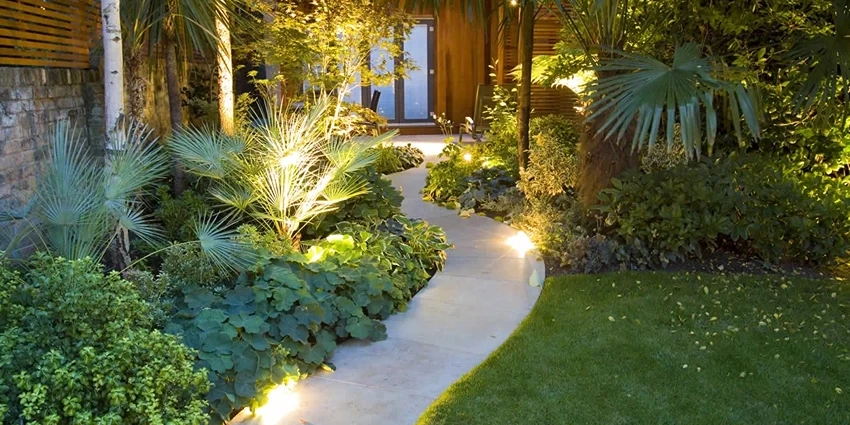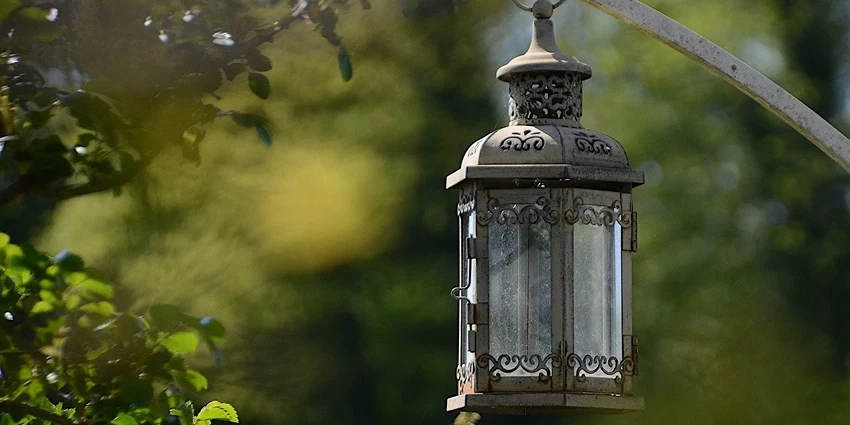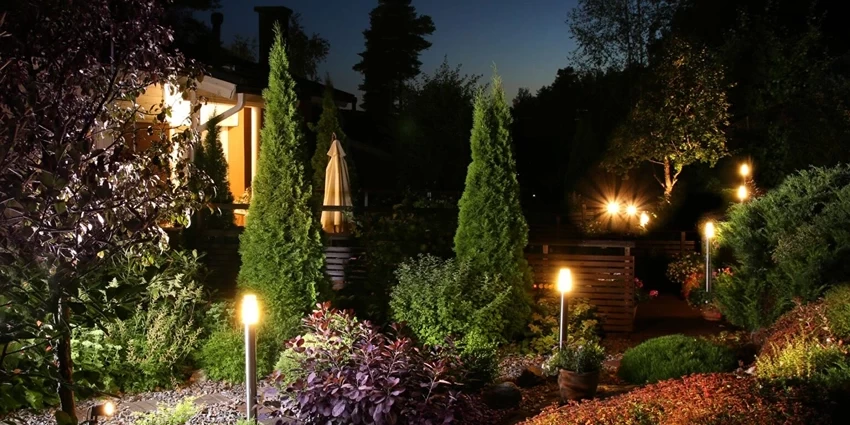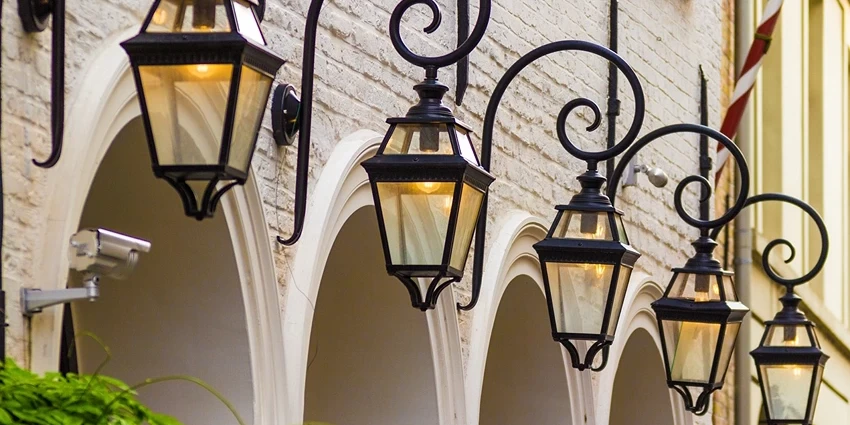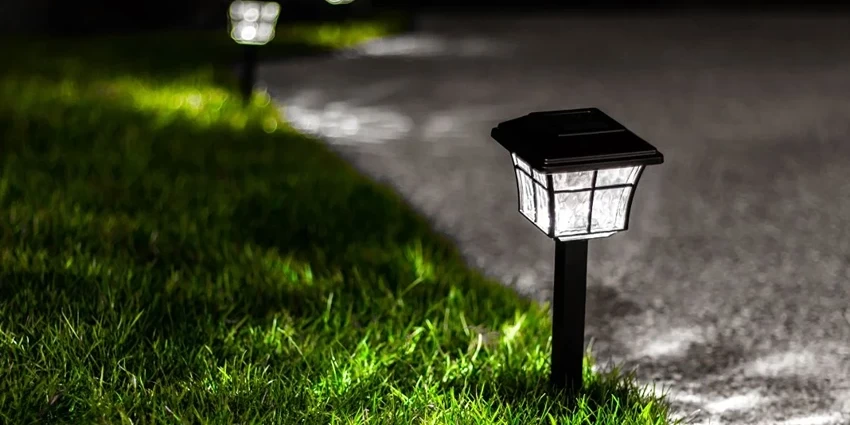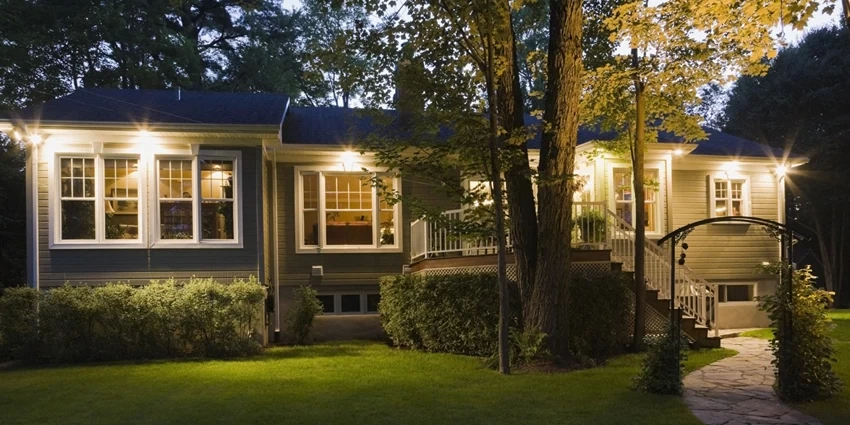All products were chosen independently by our editorial team. This review contains affiliate links and we may receive a commission for purchases made. Please read our affiliates FAQ page to find out more.
Home » Outdoor Lights » Energy Efficient Lights: A Brighter Future for the United Kingdom
In the quest for a more sustainable and cost-effective future, the United Kingdom has turned its focus towards one of the most impactful yet underrated aspects of our daily lives: lighting. Energy-efficient lights are not just a buzzword; they represent a significant leap towards reducing our carbon footprint, slashing energy bills, and embracing a greener lifestyle. This article delves into the world of energy-efficient lighting, exploring its benefits, types, and how to choose the right options for your needs.
Key Takeaways
- Energy-efficient lights, such as LEDs, CFLs, and Halogen Incandescents, offer significant energy and cost savings.
- Choosing the right energy-efficient lighting involves considering factors like lumens, color temperature, and compatibility with existing fixtures.
- The UK government offers various incentives to encourage the adoption of energy-efficient lighting solutions.
Overview of Energy Efficient Lights
The journey towards energy-efficient lighting is not just a modern endeavor. It has roots that trace back to the early days of lighting innovation. Today, energy-efficient lights encompass a range of technologies designed to provide higher luminosity with lower energy consumption. The essence of energy-efficient lighting lies in its ability to illuminate our homes and offices while consuming a fraction of the energy of traditional incandescent bulbs.

Importance of Energy Efficiency in Lighting
In the UK, lighting accounts for a significant portion of the average household’s electricity use. By switching to energy-efficient lighting options, households can reduce their energy consumption, leading to lower utility bills and a reduced environmental impact. Moreover, energy efficiency in lighting plays a crucial role in the UK’s broader environmental goals, including reducing greenhouse gas emissions and combating climate change.
Evolution of Energy Efficient Lighting Technologies
The evolution of lighting technologies has been marked by significant milestones, from the incandescent bulb to the latest in LED innovation. Each step forward has been driven by a quest for more efficient, durable, and environmentally friendly lighting solutions. Today, the market offers a variety of energy-efficient lighting options, each with its unique benefits and applications.
Types of Energy Efficient Lights
The landscape of energy-efficient lighting is diverse, with several key players leading the charge towards a brighter, more sustainable future.
LED Lighting
LEDs (Light Emitting Diodes) have revolutionized the lighting industry with their efficiency, longevity, and versatility. They use a fraction of the energy of traditional bulbs and last up to 25 times longer. LEDs are suitable for a wide range of applications, from residential lighting to commercial and industrial settings.
- Advantages of LED Lighting: LEDs offer unparalleled energy efficiency, long life, and are available in a wide range of colors and brightness levels.
- Applications of LED Lighting: From home lighting solutions to streetlights and architectural lighting, LEDs can be tailored to meet diverse lighting needs.
CFL (Compact Fluorescent Lamps)
CFLs are another popular energy-efficient lighting option. They use about one-third of the energy of incandescent bulbs and last up to ten times longer. However, they contain a small amount of mercury, requiring careful disposal.
- Benefits and Drawbacks of CFLs: While CFLs offer significant energy savings and a longer lifespan than incandescent bulbs, their mercury content and slower start-up times can be drawbacks for some users.
- Comparing CFLs with Other Lighting Options: When compared to LEDs, CFLs are less energy-efficient and have a shorter lifespan but are often less expensive upfront.
Halogen Incandescents
Halogen incandescents are a more energy-efficient version of the traditional incandescent bulb. They work similarly but include a halogen gas that increases energy efficiency and lifespan.
- Understanding Halogen Incandescents: These bulbs offer better energy efficiency than traditional incandescents but fall short of the savings provided by LEDs and CFLs.
- Energy Efficiency and Usage: Ideal for applications where the precise rendering of colors is important, halogen incandescents are often used in retail settings.
Smart Lighting Solutions
The advent of smart technology has introduced a new dimension to energy-efficient lighting. Smart bulbs can be controlled remotely via apps, allowing users to adjust brightness, color, and even schedule lighting, further enhancing energy savings.
- Integration with Home Automation: Smart lighting seamlessly integrates with home automation systems, offering unparalleled control over lighting preferences and usage.
- Energy Saving Features: Features like scheduling, remote control, and activity-based lighting adjustments contribute to significant energy savings.

Benefits of Energy Efficient Lighting
The shift towards energy-efficient lighting brings with it a host of benefits, from immediate cost savings to long-term environmental impacts.
Energy and Cost Savings
One of the most compelling reasons to switch to energy-efficient lighting is the potential for substantial energy and cost savings. By consuming less electricity, these lighting options can significantly reduce household energy bills.
Environmental Impact
Energy-efficient lighting plays a crucial role in reducing the environmental impact of our energy use. By requiring less electricity, these lights help reduce the demand on power plants, thereby decreasing greenhouse gas emissions.
Longevity and Durability
Beyond energy savings, energy-efficient bulbs offer superior longevity and durability compared to traditional lighting options. This not only reduces the frequency of replacements but also contributes to less waste.
Choosing the Right Energy Efficient Lights
Selecting the right energy-efficient lighting for your home or business involves considering several key factors to ensure you reap the maximum benefits.
Factors to Consider When Choosing Energy Efficient Lights
- Lumens vs. Watts: Focus on lumens, the measure of light output, rather than watts, which measure energy use. This will help you find the most efficient light for your needs.
- Color Temperature: Consider the color temperature of the light, measured in Kelvins (K), to create the desired ambiance in your space.
- Compatibility: Ensure the bulbs you choose are compatible with your existing fixtures and any dimming systems you use.
Comparing Energy Efficient Lighting Options
When comparing energy-efficient lighting options, consider not only the initial cost but also the long-term savings in energy and replacement costs. LED lighting, while often more expensive upfront, offers the greatest savings over time due to its superior energy efficiency and longevity.
Implementing Energy Efficient Lighting Solutions
Adopting energy-efficient lighting goes beyond merely selecting the right bulb; it encompasses a holistic approach to lighting design and usage that maximizes energy savings and enhances the lighting experience.
Tips for Home and Office
- Maximize Natural Light: Utilize daylight as much as possible to reduce the need for artificial lighting. Consider repositioning workspaces and using light-colored walls to reflect natural light.
- Use Task Lighting: Instead of lighting an entire room, focus light where it’s needed most. Desk lamps and under-cabinet lighting in kitchens are excellent examples of task lighting.
- Upgrade Outdoor Lighting: For outdoor lighting, opt for LED fixtures that are designed for exterior use. Solar-powered lights are also an excellent option for garden paths and outdoor areas.
Government Incentives and Programs
The UK government offers various incentives to encourage the adoption of energy-efficient lighting. These include tax reliefs for businesses that invest in energy-saving products and grants for homeowners to upgrade their lighting systems. Staying informed about these programs can lead to significant savings on initial investment costs.
Future of Energy Efficient Lighting
The future of energy-efficient lighting is bright, with innovations focusing on sustainability, smart technology integration, and enhancing user experience.

Innovations in Energy Efficient Lighting
Emerging technologies, such as OLEDs (Organic Light Emitting Diodes) and advanced smart lighting systems, promise even greater efficiency, flexibility, and applications in both residential and commercial spaces.
Trends and Predictions
- Increased Adoption of Smart Lighting: As smart homes become more prevalent, smart lighting will become a standard feature, offering unprecedented control over energy use.
- Sustainability Focus: The drive towards sustainability will continue to push advancements in energy-efficient lighting, including the development of more eco-friendly materials and recycling programs.
Tables with Relevant Facts
Table 1: Comparison of Light Bulb Types
| Bulb Type | Lifespan (hours) | Watts (equivalent to 60W incandescent) | Annual Operating Cost |
| LED | 25,000 | 8-12 | £1-£3 |
| CFL | 10,000 | 13-15 | £2-£4 |
| Halogen | 2,000 | 43 | £6-£8 |
Table 2: Energy Savings Over Time
| Lighting Upgrade | Initial Cost | Annual Savings | Break-even Point |
| From Incandescent to LED | £5 per bulb | £100 (whole house) | Less than 1 year |
Register for our latest in-depth reviews and product round-ups from the experts.
Enter your email address below to receive our monthly review emails.
By entering your details, you are agreeing to our terms and conditions and privacy policy. You can unsubscribe at any time.
Frequently Asked Questions
LED bulbs are currently the most energy-efficient lighting option available, using up to 90% less energy than traditional incandescent bulbs and lasting up to 25 times longer.
Savings can vary depending on the type of bulbs used and the amount of usage. However, switching to LED lighting can save an average household up to £100 per year on their energy bills.
While the initial cost of energy-efficient bulbs like LEDs is higher than traditional bulbs, the long-term savings on energy bills and replacement costs significantly offset the initial investment.
By using less electricity, energy-efficient lights reduce the demand on power plants, which in turn decreases greenhouse gas emissions. They also last longer, reducing waste.
Eleanor is the quintessential spirit of the British gardener — passionate, dedicated, and endlessly curious about the natural world. Born and raised amidst the verdant landscapes of the Cotswolds, she developed an early love for the outdoors, often spending hours in the family garden with her hands buried in the soil, nurturing every type of plant she could find.


